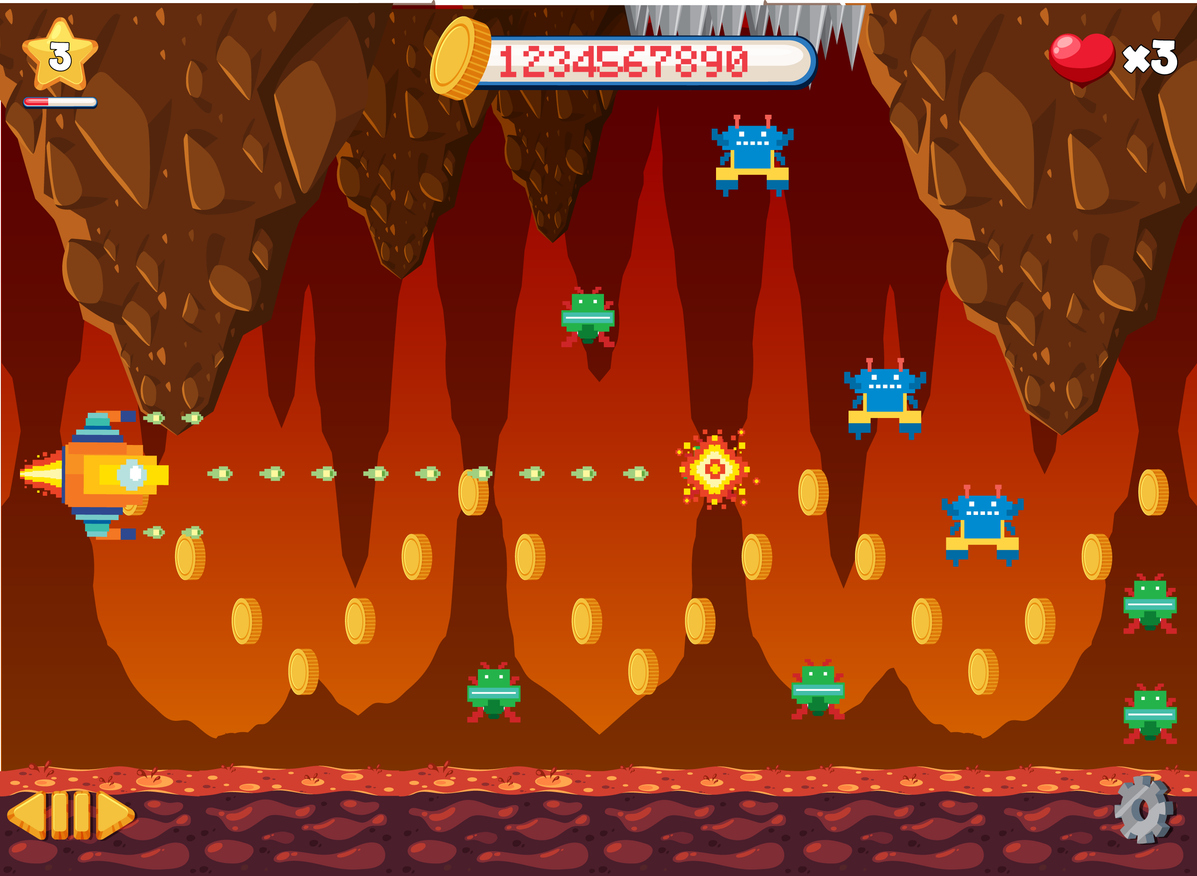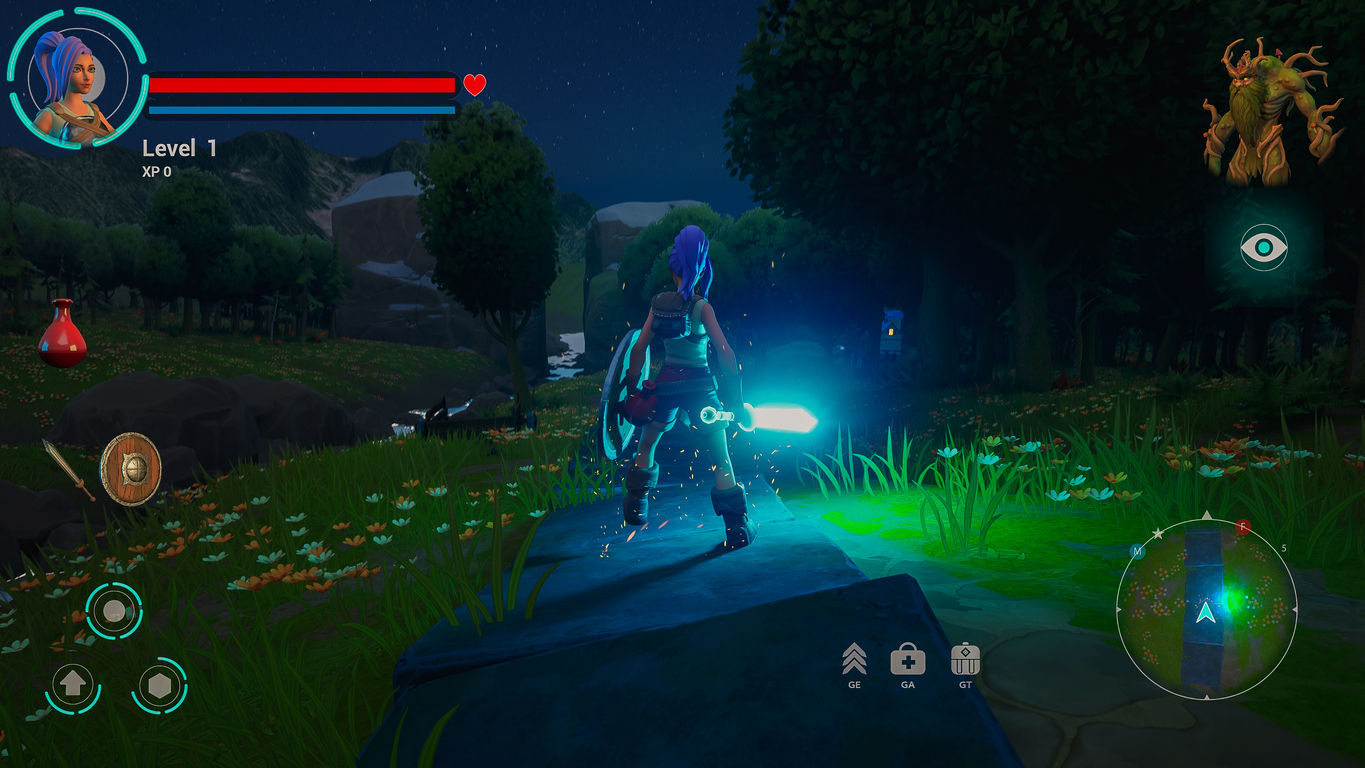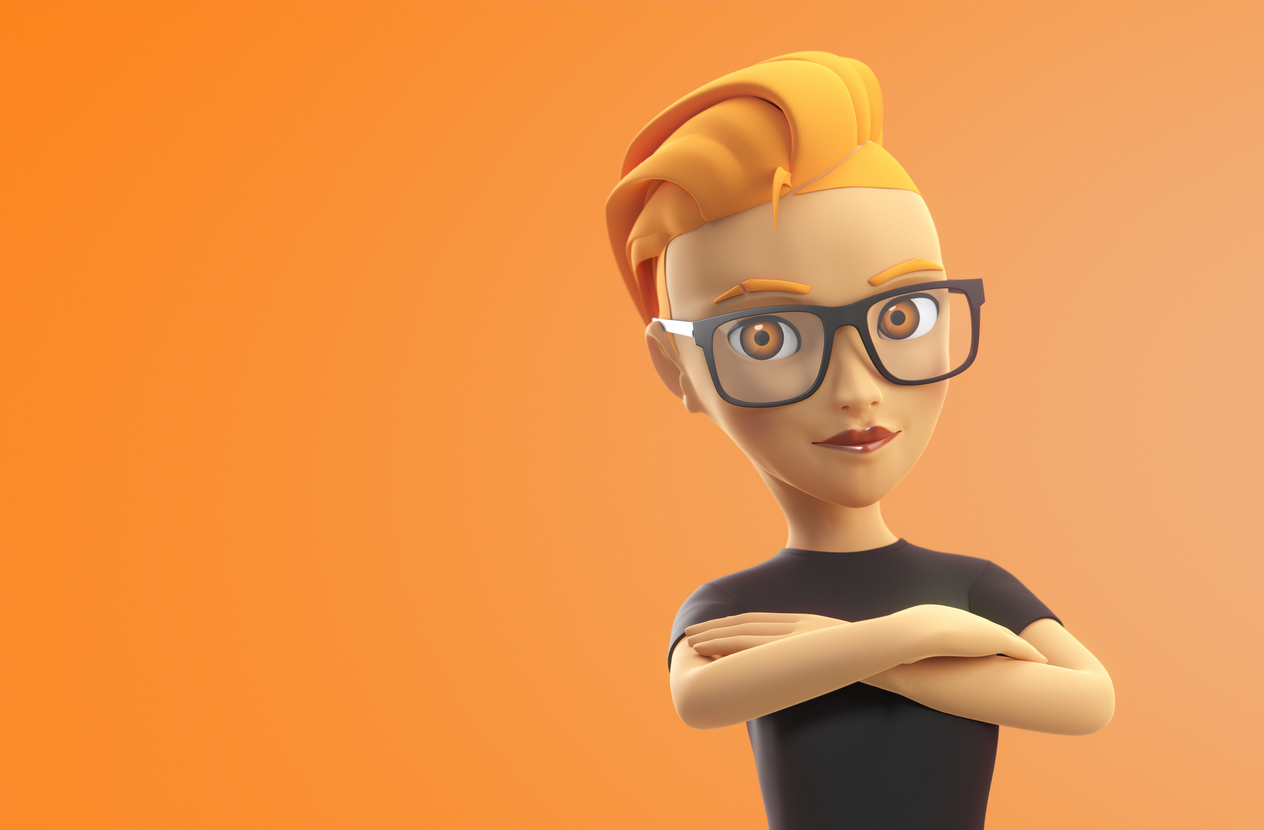Do you dream of transforming your artistic talent into a fulfilling career? If you've ever been captivated by the beauty of branding, digital layouts, and striking visuals, a career in graphic design might be calling your name. But here’s the big question: Do you need a degree to become a graphic designer in Canada? Good news you don't know. While a traditional degree can be helpful, it’s not a strict requirement. Many successful graphic designers have forged their own paths, built impressive portfolios, and thrived on careers without spending four years in university. In today’s digitally connected, portfolio driven industry, what truly matters is your skills, creativity, and passion for visual storytelling.
This blog will walk you through how to become a graphic designer without a degree, explore alternative educational options, and introduce you to one of the best ways to fast track your design career: VCAD’s Graphic Design Program.
What is a Graphic Design Degree?
A graphic design course, degree or diploma is a formal academic program, typically offered at a university or art college, that spans three to four years. It provides theoretical and practical education in design principles, visual communication, typography, branding, and digital media. Students gain exposure to various mediums and are often required to complete a capstone project or thesis. While these programs offer in-depth study and access to experienced instructors, they come with notable downsides: high tuition costs, long durations, and sometimes a lack of hands-on, real-world training. In fact, many degree programs focus heavily on theory, leaving graduates with limited portfolio pieces and minimal industry experience. For aspiring designers seeking a faster, more flexible, and cost-effective route, there are excellent alternatives available.
Do You Need a Degree to Become a Graphic Designer?
Short answer: No, you don’t.
Today’s job market prioritizes skills and portfolio over formal education. Employers and clients want to see your ability to solve design problems, craft compelling visuals, and use industry standard tools like Adobe Creative Suite. They care about what you can do, not necessarily where (or if) you went to school. This is especially true in Canada’s vibrant design industry. While a degree might give you a head start, it’s no longer a gatekeeper. You can absolutely become a graphic designer without a degree by taking a strategic, skill-building approach to your education and career.
How to Become Graphic Designer Without Degree
If you’re eager to dive into the creative industry without committing to a four-year degree, here’s how to do it effectively and strategically. This guide will give you the roadmap to develop your skills, build your confidence, and stand out in the graphic design field.
1. Practice Your Creativity
Start by sharpening your artistic instincts and embracing your creative side. Draw by hand or digitally, sketch daily to explore visual styles, experiment with colour combinations, and study different layouts. Use free tools like Canva, Pixlr, or even GIMP to create basic designs. Try designing birthday invitations, digital ads, or Instagram posts for fun. Observe design trends around you in packaging, magazine layouts, app interfaces, and street posters. Ask yourself what works, what doesn’t, and how you could improve the design. This will train your designer's eye and strengthen your visual intuition.
2. Learn the Fundamentals of Design
Every skilled designer has a strong grasp of core design principles. To build your foundation, focus on key areas such as:
-
Layout and Composition: Study principles like alignment, spacing, hierarchy, and balance to structure visuals effectively.
3. Get Comfortable with Industry-Standard Tools
Mastering Graphic Design Software is non-negotiable for graphic designers. The most widely used tools include:
Explore free trial or student versions of Adobe Creative Cloud. Platforms like LinkedIn Learning, Adobe tutorials, and Envato Tuts+ offer step-by-step guidance to help you master these tools. Familiarity with these programs will make you more competitive and ready to take on real-world projects.
4. Build a Portfolio
Your portfolio is your most powerful marketing tool. It demonstrates your design skills, range, problem-solving ability, and creative process. To build a compelling portfolio:
Include 6–10 strong, diverse pieces. For each project, write a short case study outlining the goals, design approach, tools used, and how your design solved a problem. A well-organized, visually engaging online portfolio (using platforms like Behance, Adobe Portfolio, or your personal website) can make a lasting impression.
Bonus Read: How to Build a Graphic Design Portfolio
5. Get Experience
Practical experience is crucial for building credibility and confidence. Look for opportunities to:
Real-world experience teaches you how to manage client expectations, handle feedback, meet deadlines, and communicate professionally. It also builds your resume and provides testimonials that reinforce your capabilities.
6. Stay Updated and Keep Learning
Graphic design is an ever-evolving field influenced by trends, technology, and culture. Staying informed and curious is key to long-term success. Here’s how to keep growing:
-
Take advanced online courses to learn new tools, techniques, or specializations (e.g., motion design or UX).
Lifelong learning keeps your work fresh, relevant, and competitive. By investing time in continuous improvement, you position yourself as a forward-thinking, adaptable designer the kind clients and employers are eager to work with. By following these expanded steps, you’ll not only become a graphic designer without a degree but thrive as a skilled, in-demand creative professional.
Advantages of Having a Graphic Design Degree
While not necessary for success, pursuing a graphic design degree can offer several advantages that may appeal to certain learners and career paths. Let’s take a closer look at the benefits:
1. Structured Learning Environment
A degree program provides a well-organized, comprehensive curriculum. You follow a set sequence of courses with clearly defined objectives, deadlines, and expert feedback. This structured learning helps you stay focused and disciplined while progressively building foundational and advanced design skills.
2. Networking Opportunities
Attending a design school or university immerses you in a creative community. You’ll build connections with classmates, instructors, alumni, and visiting professionals. These relationships often evolve into professional networks that lead to internships, job offers, collaborations, and mentorship opportunities.
3. Broad Theoretical Foundation
Degree programs often include in-depth studies of design history, visual culture, semiotics, and liberal arts subjects. This holistic academic foundation can deepen your creative thinking, enhance your design rationale, and give your work more conceptual depth.
4. Academic Recognition
Some employers, particularly in corporate, government, or academic settings, value formal degrees as part of their hiring criteria. If you plan to teach design at the post-secondary level or apply for senior-level roles that require academic credentials, having a degree may give you an edge.
5. Access to Studio Facilities and Resources
Many universities offer access to state-of-the-art design labs, printing studios, photography equipment, and computer labs with licensed software. These resources allow students to experiment with tools and techniques they may not have access to otherwise.
6. Portfolio Guidance and Capstone Projects
Degree programs typically include final projects or capstone courses that guide students in building a professional portfolio. You’ll receive one-on-one mentorship to refine your work and articulate your creative process for future employers or clients.
7. Exposure to Interdisciplinary Learning
Being part of a larger university often means you can take electives in business, marketing, psychology, or technology. This cross-disciplinary exposure can enhance your career versatility and equip you with broader skills.
8. Internship and Job Placement Support
Established degree programs often have partnerships with design agencies, non-profits, and businesses that offer internships or co-op placements. This real-world experience gives you a strong start in the industry.
9. Personal Growth and Time for Exploration
The multi-year timeline of a degree program allows students to explore various design disciplines from print and web to motion graphics and illustration. It also fosters critical thinking, communication, and presentation skills.
However, these advantages often come at a steep cost. Traditional university degrees require significant financial investment, extended time commitment (typically four years), and sometimes offer limited hands-on, practical experience. For students who want to enter the workforce more quickly and focus on career-relevant skills, a diploma program presents a smarter, more accessible alternative.
VCAD’s Graphic Design Diploma, for instance, combines the hands-on learning and mentorship of a degree program without the high cost or lengthy timeline—providing the best of both worlds.
Why Choose VCAD’s Graphic Design Diploma Program
If you're ready to launch your graphic design career without a degree but still want structured learning, mentorship, and portfolio development, VCAD's Graphic Design Diploma Program is your ideal path. Here’s why it stands out:
1. Hands On, Project Based Learning At VCAD, learning is not confined to theory. You'll work on real world projects that simulate client briefs, helping you apply concepts in practical ways. From logos to web design, you’ll build a dynamic portfolio.
2. Learn from Industry Professionals Instructors at VCAD bring real industry experience. Their mentorship and feedback offer insider perspectives that go beyond textbooks.
3. Master Industry Standard Software You’ll become proficient in tools like Adobe Photoshop, Illustrator, InDesign, Premiere Pro, and After Effects. You’ll also gain exposure to digital photography, web design, and UX/UI tools like Figma.
4. Flexible, Online Learning Model VCAD’s autonomous online model lets you learn on your own schedule. With 24/7 access to course materials and minimal synchronous sessions, it’s perfect for working professionals or students managing other commitments.
5. Build a Job Ready Portfolio By the end of the program, you'll graduate with a polished portfolio that showcases your range and style, an essential tool for job applications and freelance work.
6. Career Support & Certification VCAD provides resume help, mock interviews, and job search assistance. Plus, the program is certified by British Columbia's PTIRU (Private Training Institutions Regulatory Unit), ensuring quality education standards.
7. No Prior Experience Needed Whether you’re switching careers or just getting started, VCAD welcomes students from all backgrounds with no experience or degree required.
Career Opportunities After VCAD Graduates are prepared for roles such as:
- Graphic Designer
- Web Designer
- Illustrator
- Ad Designer
- Layout Designer
- UX/UI Designer
- Medical or Scientific Illustrator
The skills learned at VCAD open doors across industries like marketing, media, e commerce, publishing, and more.
Final Thoughts
Becoming a graphic designer without a degree is not only possible but also becoming the norm. In Canada’s fast paced, skills driven design industry, what matters most is your portfolio, software skills, and creative vision. While a degree has its merits, it’s no longer the only way to succeed.
If you want to skip the long, expensive university route but still gain structured learning, professional mentorship, and a job ready portfolio, VCAD’s Graphic Design Diploma Program is the smart alternative.
Ready to bring your creativity to life and build a career in design?
Explore VCAD’s Graphic Design Diploma today and take the first step toward becoming a graphic designer in Canada.














